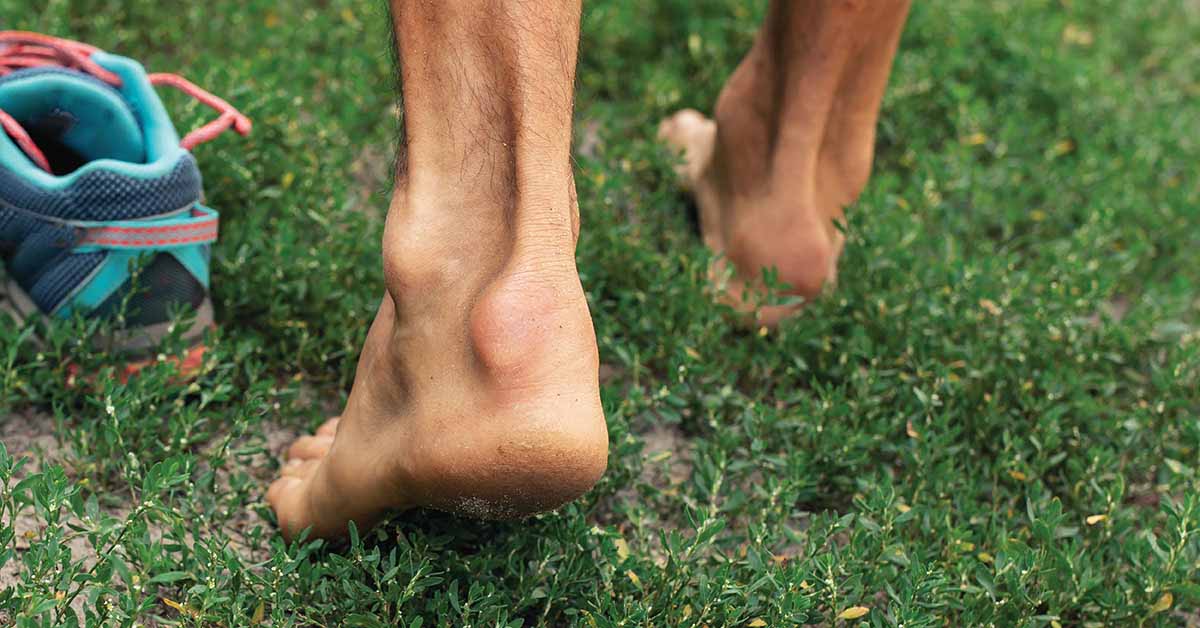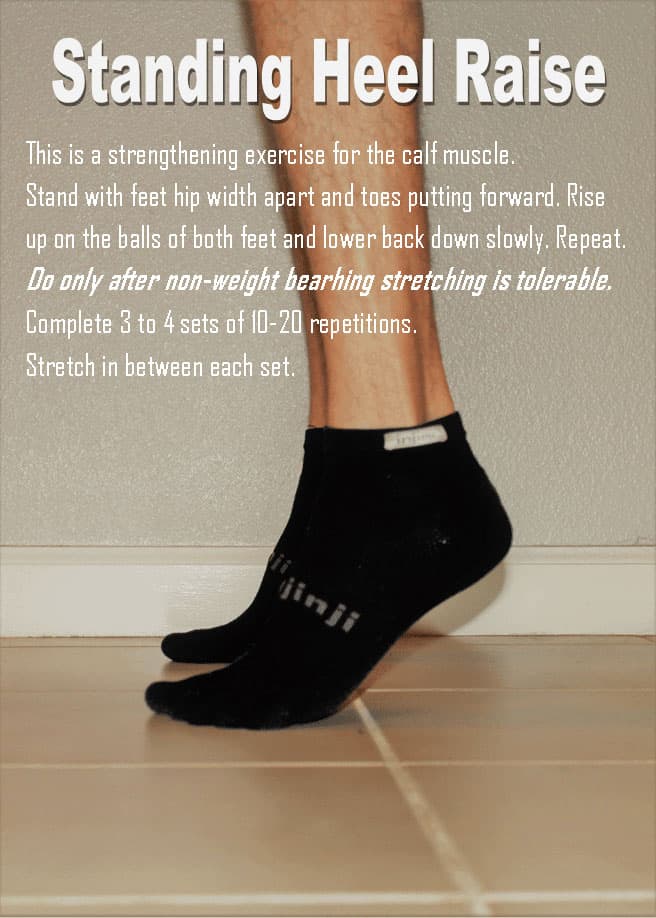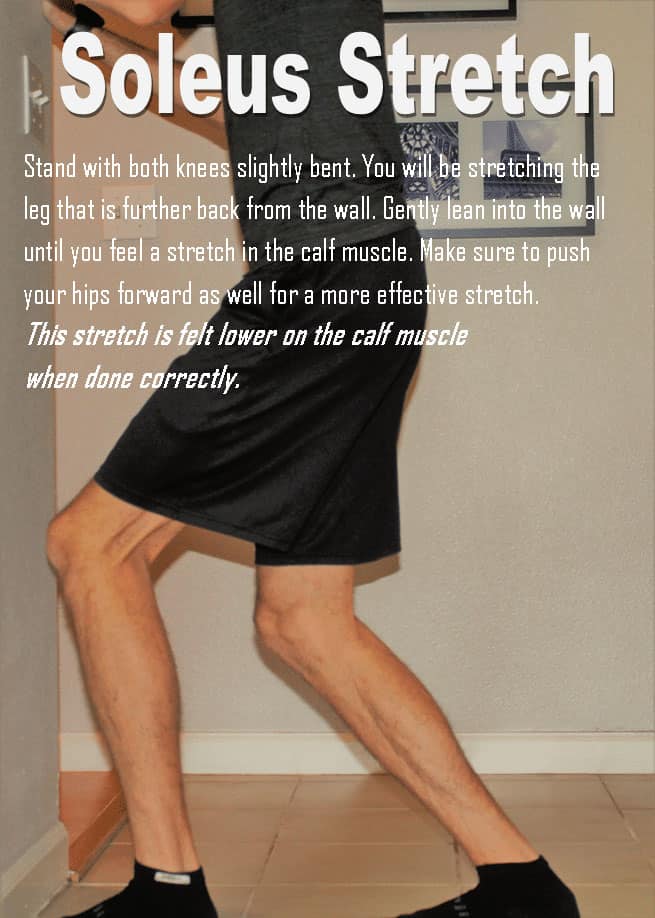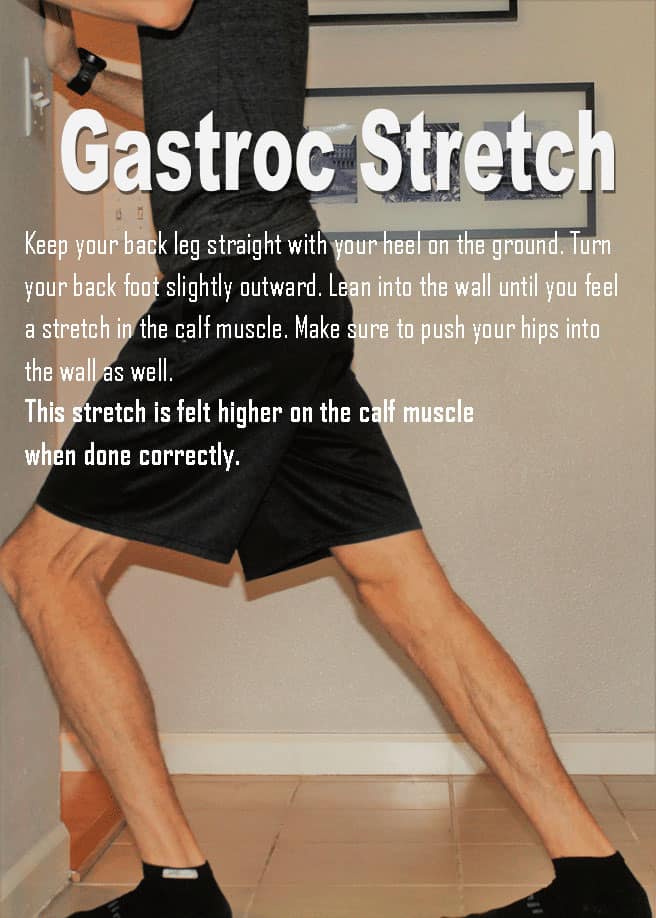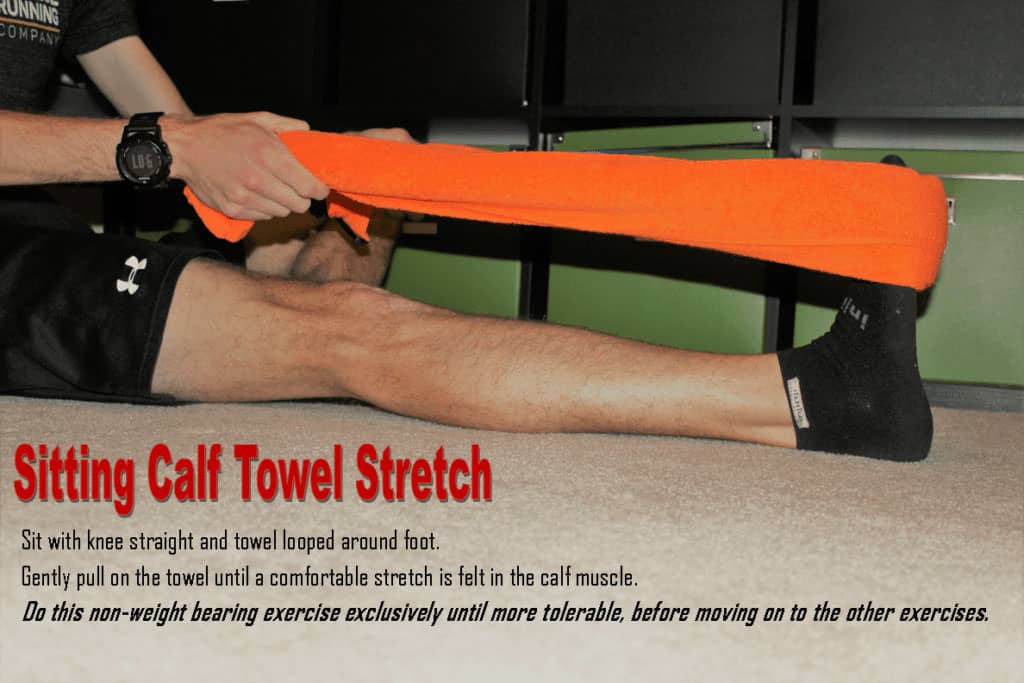Achilles Tendon Injuries: Common Running Injuries
The Achilles Tendon is the largest tendon in your body. Achilles Tendon injuries are common in athletes as well in your everyday life. It stretches from the calf muscle to your heel bone and acts like a spring to help you walk, run, and jump. Unfortunately, all that tension makes it a very easy place for an injury. In addition, since we use our Achilles Tendon with every step we take, it can be difficult to recover quickly.
Definitions of Different Achilles Tendon Injuries:
- Achilles Tendonitis is the inflammation of the tendon that attaches the calf muscle to the heel bone. There is the potential for even some slight tearing in the tendon from overuse.
- Achilles Rupture occurs with a weakening of the collagen fibers of the tendon. There can be either a slight tear or rupture (complete tear) of the Achilles Tendon away from the heel bone. If you have ruptured your Achilles Tendon you will know by the inability to push off with the toe while walking or raise up on your toes while standing still.
- Tenosynovitis is the inflammation of the vascular sheath that covers the Achilles Tendon.
Where it Hurts and How it Feels:
- Pain and swelling in the ankle.
- Pain and/or tenderness on the back of the heel bone where the Achilles Tendon attaches.
- Depending on the severity of the Achilles Tenon injury, you may not be able to point your toes or stand on your toes.
Causes:
- Overuse or a sudden increase in the intensity of physical activity. Following a training plan is an excellent idea to keep you on track to reach your goals, but sometimes our bodies cannot handle the constant pounding from higher weekly mileage or the addition of new types of training such as speedwork or tempo runs. Each person has a threshold of weekly mileage that their body can handle. You can steadily raise that bar with proper training but don’t compare your threshold of weekly mileage to someone else’s weekly mileage ability.
- Unfortunately, Achilles Tendon injuries are more common in faster runners and forefoot-striking runners. A forefoot landing style puts more eccentric (lengthening) strain on the Achilles.
- Tightness or weakness of the calf muscles (gastroc or soleus). This muscle group being imbalanced or weak can cause increased tension on the Achilles Tendon where it attaches to the heel bone.
Contributing Factors:
- Overpronation of the foot.
- Poor biomechanics or improper foot positioning while running.
- Training surface and/or terrain.
- Often with increasing age, there is a decrease in flexibility.
Treatment/Prevention:
Most literature on shin splints will refer to ”The 3 S’s” for treating shin splints. This refers to stretching, strengthening, and supporting. Also, runners should attempt to ice and rest the area for a period of time.
CAUTION – If the injury persists, see your physician. If you have to lay off from running for a while, return with a proper training plan and focus (Returning to Running After Injury).
- Stretch – Improve flexibility of gastroc and soleus muscles to reduce tension on your Achilles Tendon.
- Strength – Gaining strength in your calf muscle is easier than you think. Check out the video below by Fitness Trainer Lisa Maree for strengthening exercises that fit right into your daily routine…
- Support – Check into a local running specialty store to have your foot analyzed and matched up with the best footwear options. Yes, there are a lot of online resources and opinions out there on the best shoes, but your feet are not the same as the next person out there. You are unique…Your feet have a unique length and shape, your arch has a unique length and shape, your hips and knees are uniquely aligned, and your running form is unique as well. The only way to know what footwear is correct for you is to have footwear specialists take a look at your uniqueness and allow them to use their wealth of bio-mechanic and footwear knowledge to fit you properly.
- Replace running shoes every 350 to 500 miles. Track your weekly mileage in training and each pair of running shoes. Also, pay attention to wear on the bottom of the shoes. Just like the tires on your car, when the tread starts to get really smooth, that is the visual sign that the cushion and support of the shoe have worn down. Do not wait until you start to feel physical soreness or pain. The best practice is to buy new shoes before your current pair is worn out and start alternating in a new pair over the last bit of the older shoe life.
- Avoid running on technical terrain, downhill/uphill, and walking on stairs to reduce stress on your Achilles Tendon injury.
- Decrease your weekly mileage and/or overall pace for 1-2 weeks while working on ”The 3 S’s.”
Coach Andrew Taylor on Achilles Tendonitis:
Achilles tendon injuries have plagued me as a runner for over ten years. I speak from experience when I say that I have tried many of the recommendations listed above. However, it wasn’t until recently that I combined strength and stretching with a significant change in my training regimen. The first change has come with an adjustment in the frequency of my speed or high-intensity training days. I only complete one faster-paced workout per week. With this adjustment, I alternate weeks of track workouts and steady-state/tempo runs.
Track workouts place the most strain on my Achilles Tendon, so spacing these workouts at a 10-14-day cycle gives my body extra recovery time in between. While steady-state/tempo runs also place a fair amount of strain on the Achilles. These workouts are just slow enough that I don’t get the same level of discomfort as frequently.
The second change in my training has come with an honest assessment of my easy and recovery running pace. On these days each week, I cover much less distance than ever before. Instead, I set a time goal, ignore the distance, and focus on my running form. Sometimes these runs feel painfully slow, but that is far better than being sidelined by my Achilles Tendon.
While not yet 100%, for the first time in a long time, my left Achilles Tendon no longer keeps me from completing my training from week to week.
Other Common Running Injury Articles – Plantar Fasciitis, Runner’s Knee, Shin Splints, and IT Band Syndrome.
A Training Plan that Works for You.
Our collection of running plans will help you train year-round. From 5k to a 100-mile ultramarathon, we have a training plan built for your experience level and goals. Every plan is delivered via Final Surge, allowing you to sync workouts across devices, receive daily reminders of workouts and activities, and analyze workout and target zone details. Get started today with a training plan built for you, view our running plans here.


